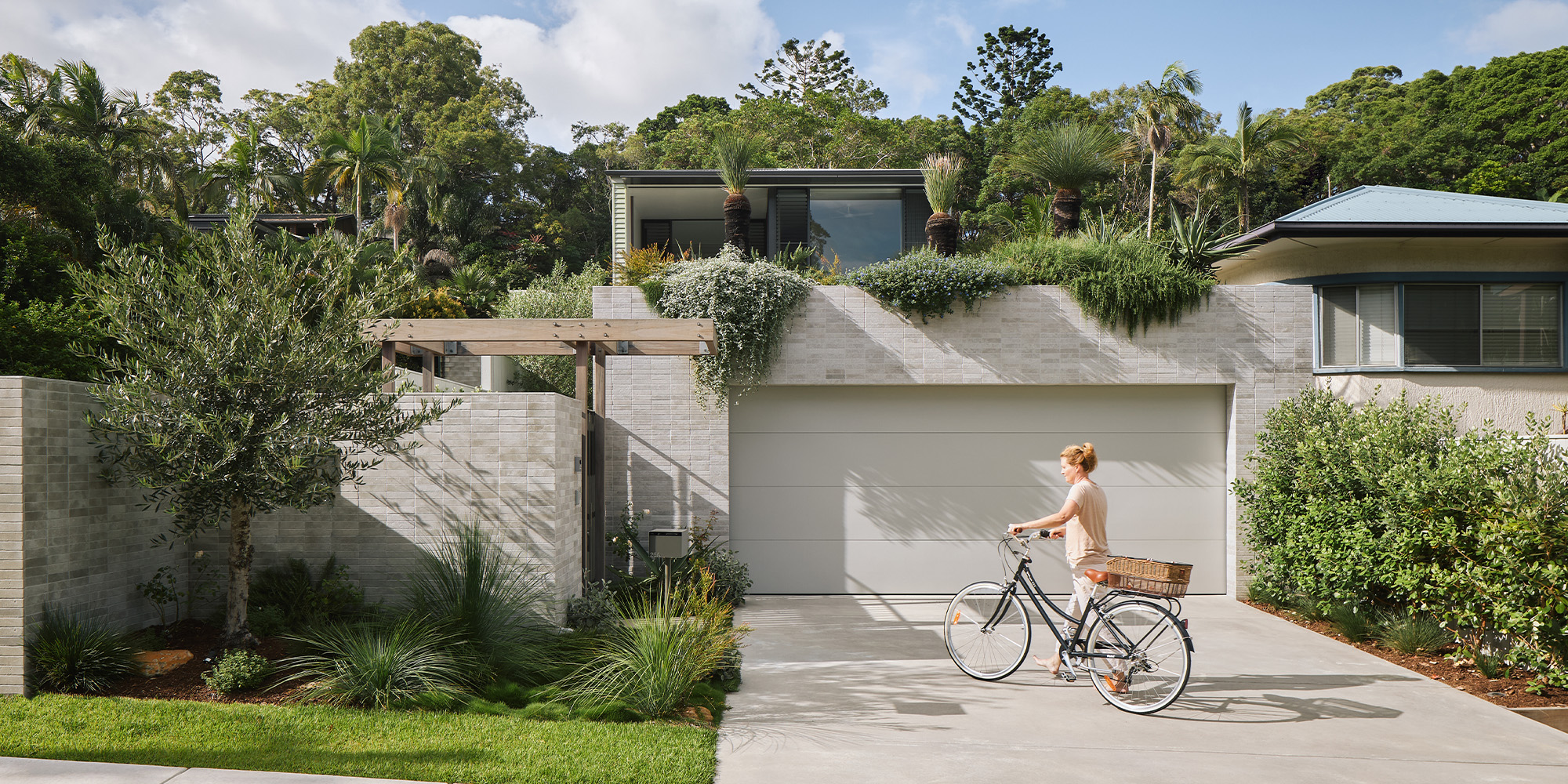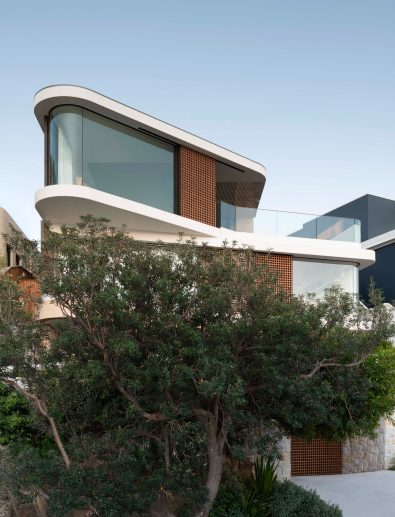Residential House Architect: Creating Unique Homes with Attention to Detail
Residential House Architect: Creating Unique Homes with Attention to Detail
Blog Article
Top Fads in Residential Architecture You Need To Find Out About
As residential architecture continues to evolve, numerous engaging fads are forming the way we design and inhabit our living rooms. Trick growths such as sustainable building practices, the assimilation of clever home innovation, and the increase of modular homes highlight a considerable change towards both functionality and ecological responsibility.
Lasting Structure Practices
A raising variety of household projects are accepting sustainable structure methods, driven by an expanding awareness of ecological influence and energy efficiency. This change is identified by the assimilation of eco-friendly products, energy-efficient styles, and innovative construction methods. Home builders and property owners are progressively focusing on making use of renewable energies, such as bamboo and recycled metals, which not only minimize the carbon footprint however also enhance the resilience and aesthetic appeal of buildings.
Incorporating energy-efficient systems is another important facet of sustainable building - residential house architect. Attributes such as high-performance insulation, energy-efficient home windows, and photovoltaic panels are becoming standard in brand-new residential styles. These aspects not only add to lower power intake however additionally offer significant long-lasting savings for property owners
Furthermore, the layout of sustainable homes commonly emphasizes natural light and ventilation, lowering the dependence on synthetic illumination and climate control systems. Landscaping techniques, such as xeriscaping, additional promote sustainability by minimizing water use.
As the demand for sustainable living remedies continues to rise, the residential architecture industry is positioned to introduce and adapt, making certain that future homes are not only ecologically accountable yet functional and also comfortable for their residents. - residential house architect
Smart Home Innovation
Smart home technology is transforming the way homeowners connect with their space, improving energy, ease, and safety monitoring. This ingenious method integrates different gadgets and systems, enabling customers to control their homes remotely or with automated processes. Central to this pattern is making use of smart tools such as thermostats, lighting, safety and security cameras, and home appliances, all attached using the Internet of Points (IoT)
One of one of the most attractive functions of clever home innovation is the capability to customize settings for ideal energy effectiveness. Home owners can check power usage and readjust heating, air conditioning, and lights based upon their regimens, significantly reducing utility costs. Moreover, innovative security systems furnished with wise locks and security video cameras offer comfort, enabling remote monitoring and alerts to possible security violations.
Combination with voice-activated aides improves customer experience, enabling homeowners to manage gadgets with simple voice commands. As technology proceeds to develop, the potential for clever home systems to enhance lifestyle expands, making them an essential factor to consider in modern-day household design. Inevitably, clever home innovation is not simply a trend yet a basic shift towards extra intelligent living settings.
Open Idea Living
Open principle living has actually arised as a specifying attribute in contemporary residential architecture, characterized by the elimination of conventional obstacles between rooms. This layout viewpoint promotes fluidness and connection within the home, enabling a seamless change in between areas such as the kitchen area, eating, and living spaces. By eliminating dividings and walls, open idea designs create a feeling of spaciousness, cultivating an inviting atmosphere that improves social interaction.

Additionally, this approach to residential useful site design straightens with minimalism, concentrating on useful simplicity and visual coherence. Property owners appreciate the flexibility of these layouts, which can be easily adapted to mirror personal style with furnishings plan and design. As open concept living continues to obtain traction, it remains a testimony to advancing family dynamics and the need for homes that enhance connection and comfort.
Biophilic Design
Biophilic design has become significantly considerable in household design, highlighting the intrinsic link between human beings and nature. This design approach seeks to integrate natural environments right into living areas, consequently promoting a feeling of wellness and boosting the high quality of life for passengers. By integrating attributes such as natural light, greenery, and organic products, biophilic design advertises a harmonious relationship in between interior atmospheres and the environment.
Crucial element of biophilic layout consist of large home windows that supply unobstructed sights of outside landscapes, living wall surfaces that present greenery into interiors, and open flooring strategies that urge airflow and all-natural light penetration. Water attributes, both within and outside the home, offer to develop soothing atmospheres and enhance sensory experiences.
Additionally, using lasting products not just supports ecological stewardship yet likewise contributes to healthier interior air top quality. As awareness of environmental problems boosts, homeowners are increasingly focusing on designs that reflect their link to nature. Basically, biophilic design not only elevates aesthetic appeal however additionally addresses emotional and mental requirements, making it a vital pattern in contemporary domestic style.
Modular and Prefab Residences

Furthermore, prefab and modular homes are designed with sustainability in mind. Many manufacturers utilize eco-friendly materials and energy-efficient systems, such as find more photovoltaic panels and progressed insulation techniques, adding to decreased energy intake and lower energy costs for property owners. The versatility of design alternatives permits customization, satisfying diverse visual choices and useful needs.
As the demand for budget-friendly housing remains to climb, prefab and modular homes provide a practical service, attending to both economic and ecological obstacles. Neighborhoods are increasingly acknowledging the potential of these structures, integrating them right into urban and country settings. Overall, the fad toward prefab and modular homes represents a change toward much more lasting, reliable, and adaptable living settings, making them a crucial aspect of contemporary domestic design.
Conclusion
Lasting structure techniques and smart home innovations improve performance and convenience, while open principle living and biophilic design foster social communication and a link to nature. The increase of prefab and modular homes supplies customizable and budget-friendly services, showing a broader change in the direction of functional and responsible living.
Trick growths such as lasting structure techniques, the combination of wise home technology, and the surge of modular homes emphasize a considerable change towards both capability and ecological obligation.The increase of prefab and modular homes has transformed the property architecture landscape, using ingenious solutions for effective and sustainable living.In addition, prefab and modular homes are designed with sustainability in mind. In general, find more information the pattern towards modular and prefab homes indicates a change towards much more sustainable, reliable, and versatile living environments, making them a critical element of contemporary household architecture.
Lasting structure techniques and clever home technologies boost efficiency and comfort, while open idea living and biophilic layout foster social interaction and a connection to nature.
Report this page